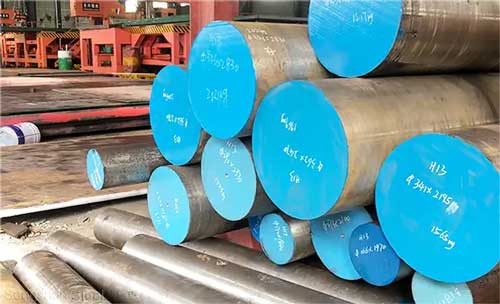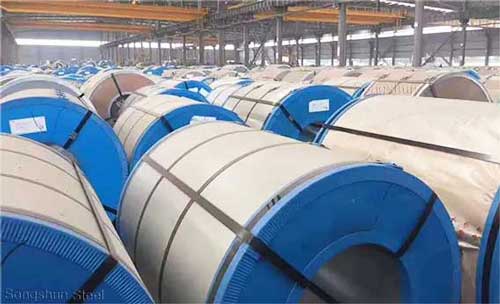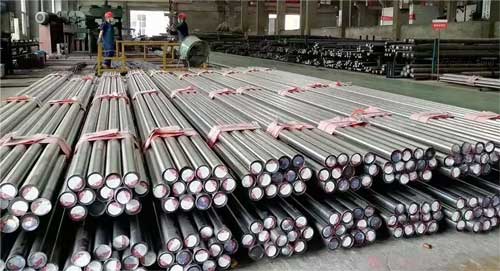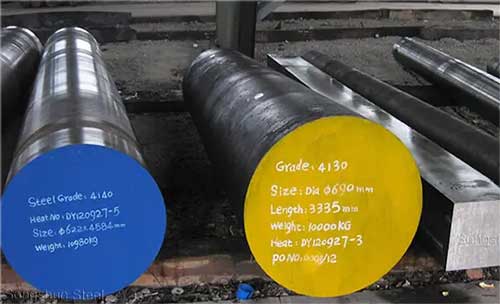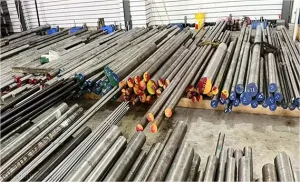Tool And Mould Steel
Feature Product
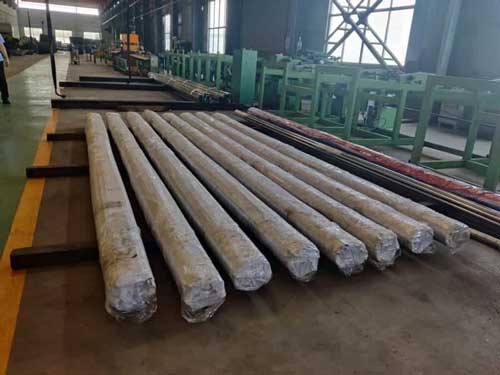
TOP Tool Steel Supplier In China
Our team of experts possesses extensive knowledge and experience in the design, development, and manufacturing of tool steel products. We offer a wide range of tool steel grades, including P20, H13, D2, and S7, each with unique properties suited for specific applications.
A Variety Of Tool Steel Products
The company has many years of rich experience in the field of tool steel and has built a complete supply chain system and high-quality product line portfolio. Customers can not only get a variety of tool steel production materials, but also enjoy thoughtful technical support and efficient and convenient after-sales service.
we also can provide customized services.
- Hot work tool steel: A steel material that optimizes its organizational structure and chemical composition through a heat treatment process to obtain specific mechanical properties. Mainly used in industrial parts requiring high hardness…
- Cold work tool steel: Steel that changes its structure and chemical composition through low-temperature cooling processes to improve its performance. Used in parts that require high strength but not high hardness…
- High speed tool steel: High-speed tool steel is a special type of tool steel that can maintain a long service life under high-speed cutting conditions, and is of great significance to improving production efficiency….
- Plastic Mould Steel: Plastic mold steel is a high-strength and thermally conductive steel specially used for plastic molds, which can improve the service life of the mold and product quality…
